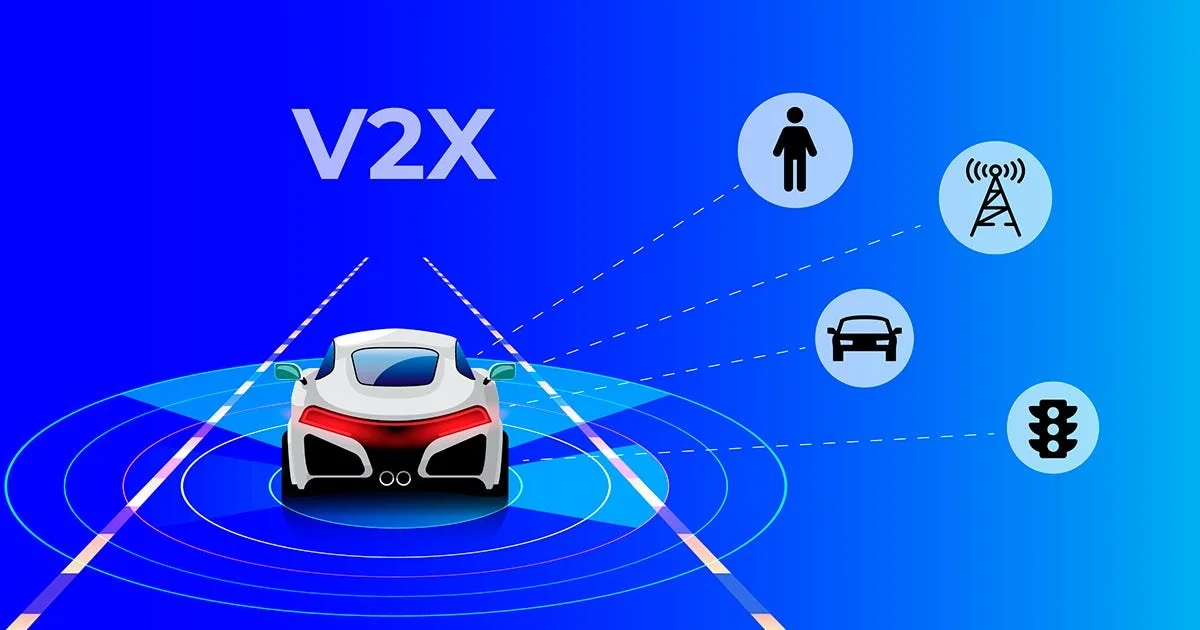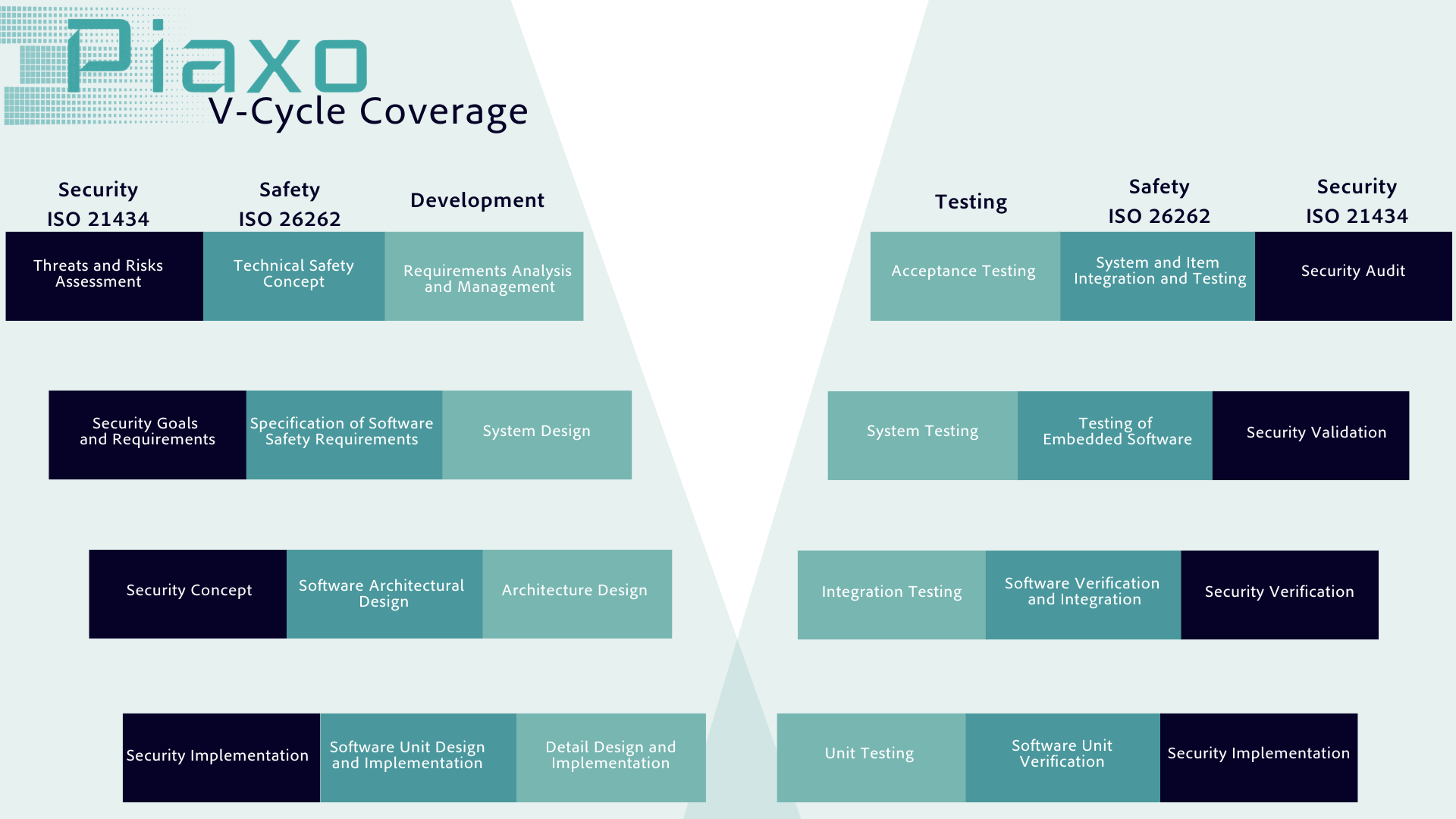Automotive
Piaxo delivers full-cycle automotive system and software engineering, from concept to validation. We specialize in safety-critical ECU development, system integration, and embedded software testing, aligned with ASPICE, ISO 26262, and AUTOSAR standards.
Our engineers bring deep expertise across Powertrain, ADAS, Infotainment, and Connectivity, using leading tools and platforms.
We cover the entire communication stack — from LIN and CAN to Ethernet — and support seamless over-the-air (OTA) update implementation for connected vehicle platforms.
From body electronics to drivetrain control, we have worked across the full range of automotive ECUs. Our teams are familiar with the logic, architecture, and timing constraints that define each type.
This includes safety-critical, performance-driven, and comfort-oriented systems.
We’ve contributed to the development, integration, and validation of software for ADAS domain controllers, hybrid control units, infotainment systems, access modules, and more.
Each ECU is handled with an understanding of real-time behavior, functional safety, and communication protocols.
Full V-cycle Coverage
An automotive software product evolves through a tightly regulated lifecycle shaped by ISO 26262 and ISO 21434. Piaxo engineers support the full journey: from concept to validation.
It starts with safety and cybersecurity planning: TARA analysis, safety goals, technical safety concepts, and secure system design. Our team defines both functional and non-functional requirements using tools like DOORS and Polarion.
Next comes architecture and implementation. We develop AUTOSAR-compliant components, integrate MCAL and CDD modules, and embed secure boot, watchdogs, and memory protection. Coding follows MISRA C guidelines and includes static analysis and automated builds.
Testing is performed at multiple levels. We run unit and integration tests using Tessy and CANoe, validate on HIL benches, and simulate real-world conditions during system testing. Safety verification ensures failure handling, while security validation includes fuzzing and penetration testing.
Throughout, our work ensures traceability, compliance, and readiness for safe, secure deployment in embedded environments.









